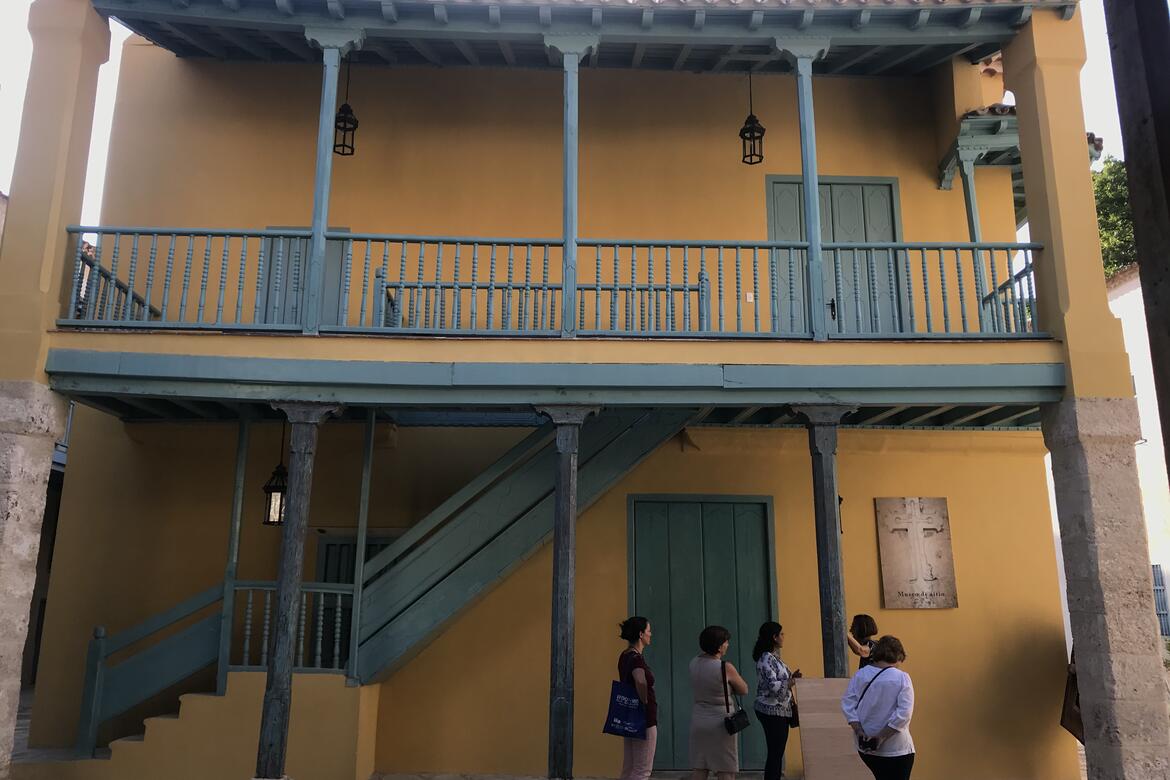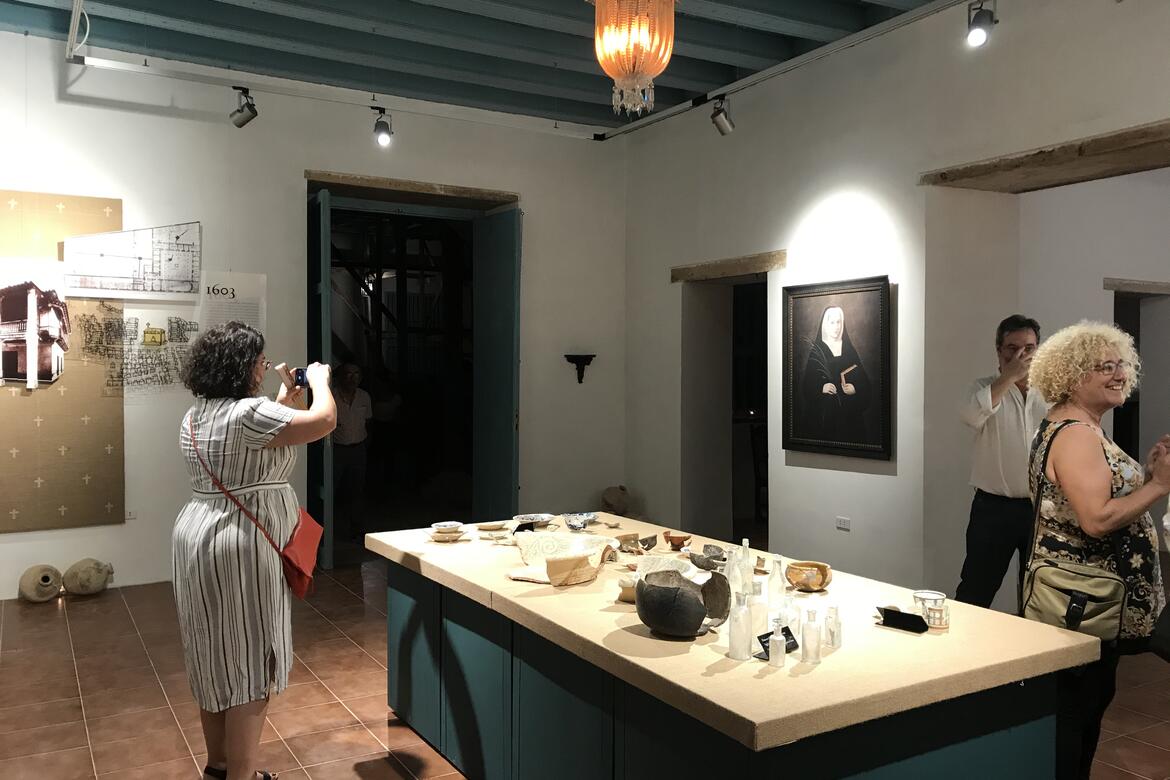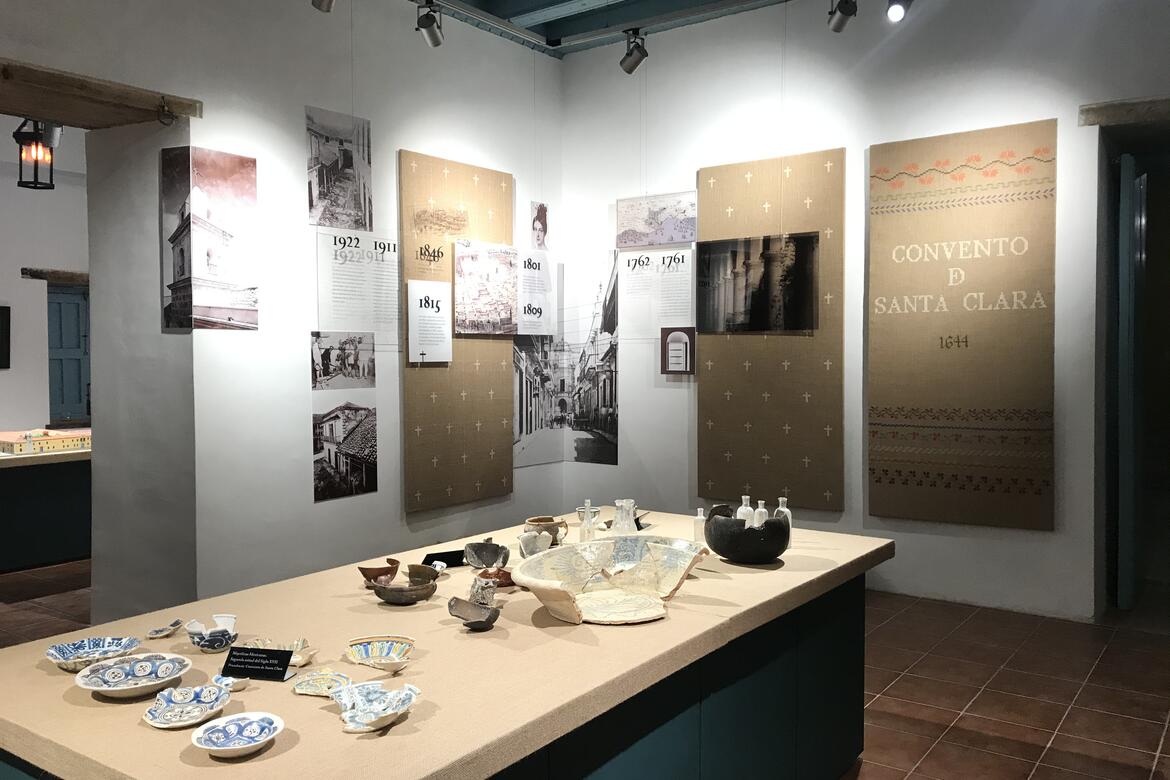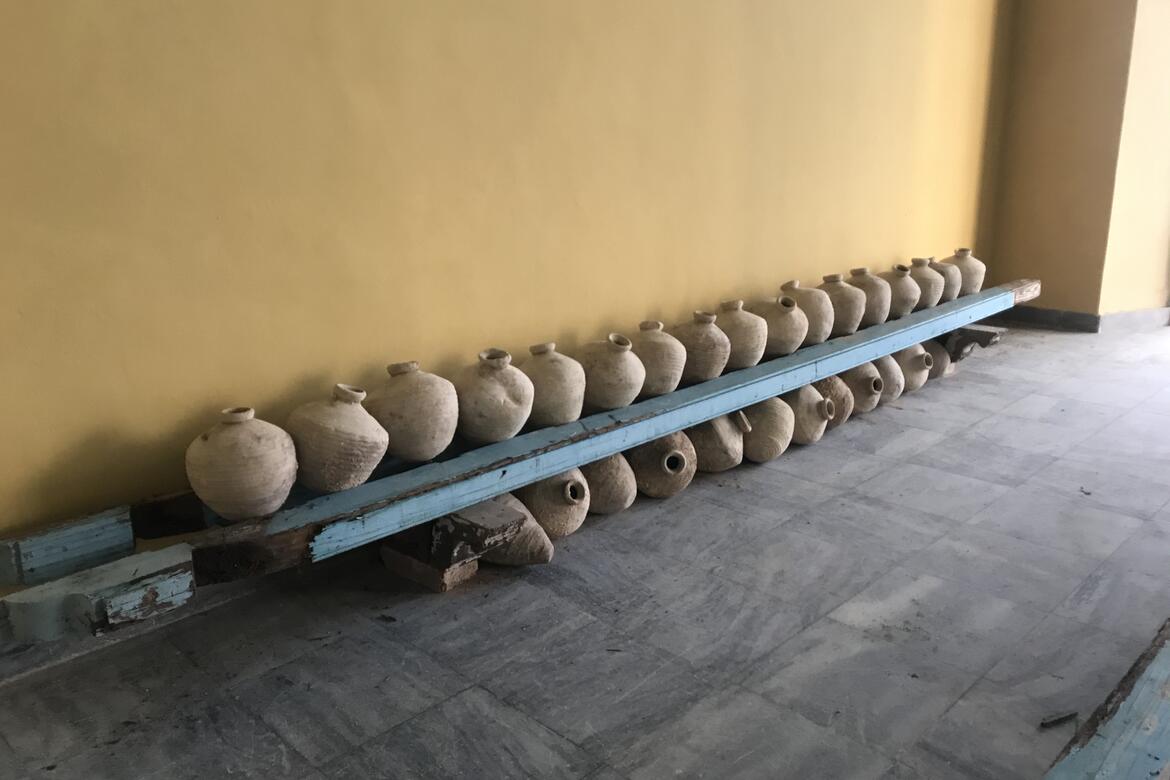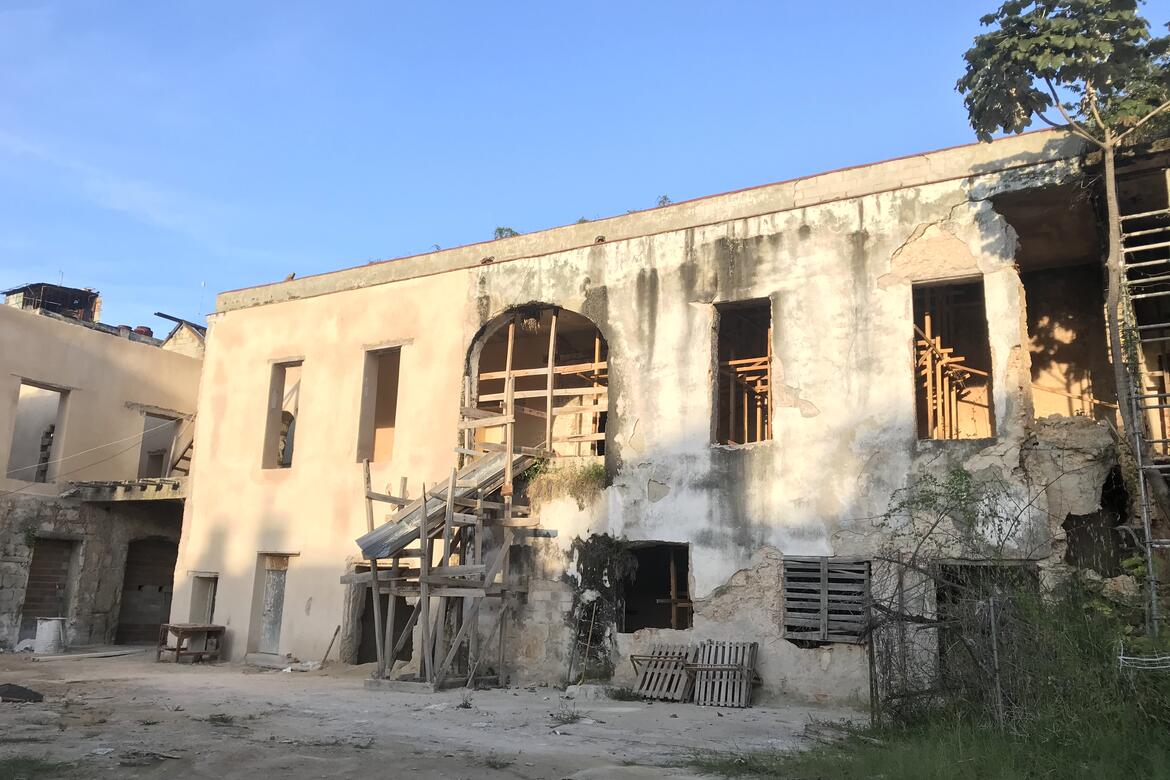Celebrating the 500th Anniversary of Havana, Cuba
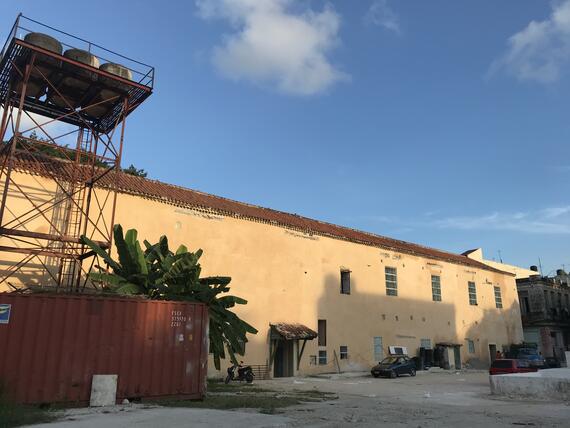
The 16th of November in 1519, the Villa of San Cristóbal de La Habana was founded with a mass performed under a ceiba tree. Year after year, this anniversary has been celebrated by circling around another ceiba, the youngest version of the foundational tree, planted near the Plaza de Armas in Old Havana, at the site believed to be the birthplace of the City of Havana. This year, the city celebrated the 500th anniversary of its creation with fireworks, building inaugurations, music concerts and galas, attended by thousands of Habaneros and outside visitors. The massive mobilization throughout the city of people eager to enjoy the festivities negated the current scarcity of gasoline and supplies exacerbated by the USA blockade. There were cars, tour buses, coco taxis, motorcycles and the celebrated 1950s classic cars everywhere on the streets, while sidewalks and plazas were filled with people who for a few days forgot about their everyday privations and whose main concern seemed to be whether the predicted rain would interfere with the display of fireworks.
City anniversaries are fun for sure, but they also function as catalysts for urban projects, and Havana’s 500th was no different in that sense. The Capitolio, Gran Teatro Alicia Alonso and the Plaza del Templete, the monument that celebrates the City’s foundation, were recently restored and became the center of the most important anniversary activities, as well as the not-so-restored Malecon, the sea boulevard along the Havana Bay, considered the "living room" of the Habaneros.
World Monuments Fund also had a presence in the festivities, with the first of many celebrations associated with the Santa Clara Convent Restoration Project – the inauguration of the Casa del Marino site museum, restored by the Office of the Historian of the City of Havana (OHCH) with WMF’s support. The museum is located in a historic structure located in the second cloister of the former Convent, built before the cloister by a sailor or merchant, on the site of Havana’s old slaughterhouse. This important religious complex was built for the Clarisas cloistered nuns in the 17th century, who occupied it until they sold it to the Cuban Government in 1922, when they decided to move to a new convent built in the neighborhood of Lawton, outside Havana. In 1925 Santa Clara became the headquarters of the Ministry of Public Works, responsible for the construction of important projects like the National Capitol, but also of some inappropriate modifications within the former convent. After a comprehensive restoration project supported by UNESCO and the Ministry of Culture, Santa Clara became the Center for Conservation, Restoration and Museology, known as CENCREM, which operated as the premier conservation school in the Caribbean from 1980 until it ceased its operations in 2012. The current restoration campaign, coordinated by the OHCH and funded by the European Union, WMF and other international donors, will turn the former convent-meets-conservation center into the Colegio de Santa Clara, a training hub for conservation and creative industries for Cuba and the Caribbean.
Once restored, the first cloister will support docent functions such as classrooms and labs and will include the installation of a high-tech auditorium in the empty former church space. The work will include the restoration of its eighteenth-century cistern or aljibe and the Samaritana fountain, the oldest remaining fountain in Cuba. The second cloister will be used for administration offices, lodging for professors, site museum, kitchen and café, while the third cloister, currently in ruins, will incorporate new construction to create an amphitheater for community events, classrooms and workshops, and will feature a recently uncovered historic chapel, decorated with mural paintings. The site of the former convent garden, located in the fourth quadrant of the complex, will become a garden with public access – a much needed “green lung” for the populous neighborhood of San Isidro.
While support for the restoration of the existing first and second cloisters has been mostly secured, additional financial resources will be needed to complete the new construction in the third cloister and the creation of the public park. However, the OHCH is committed to carry out the comprehensive rehabilitation of the site and the creation of the Colegio Santa Clara, so many more inaugurations and celebrations will be forthcoming.

